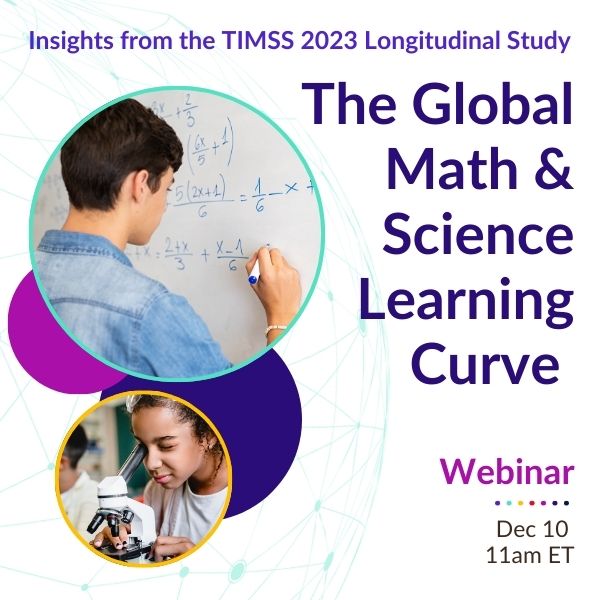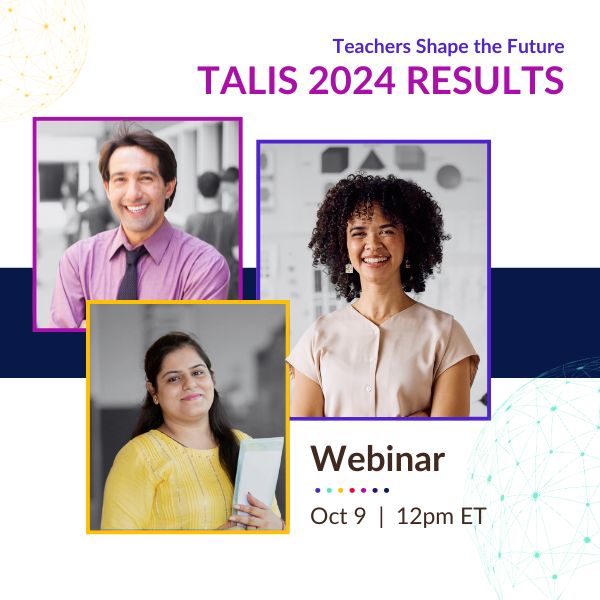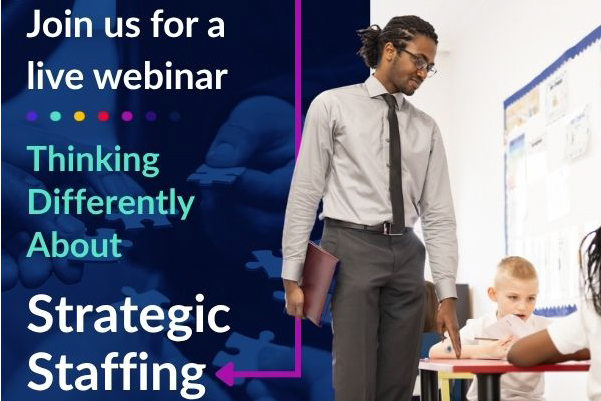The third in our PISA in Perspective series, this webinar in June 2024 explored Creative Thinking, a new domain introduced in PISA 2022.
The Creative Thinking portion of PISA 2022 assessed students’ ability to come up with new ideas, evaluate those ideas, and improve upon them. This can lead students to original and unexpected solutions, deeper learning, and more robust use of imagination.
Download slides from Andreas Schleicher
Watch previous webinar in this series, How Does the U.S. Stack Up?
Watch the second webinar in this series, Cultivating Mathematical Mindsets.
Andreas Schleicher open the webinar with an overview of the PISA assessment’s first evaluation of creativity, specifically creative thinking. He emphasized that although there is widespread recognition of creativity’s importance, it is often not prioritized in school curricula due to overcrowded schedules and a lack of assessment focus. This results in a significant gap in fostering creative skills among students.
The assessment aimed to measure students’ abilities to generate diverse ideas, evaluate originality, and solve problems creatively. The results showed substantial variability across countries, with Singapore performing exceptionally well. Notably, countries like Chile and Mexico exceeded expectations based on their math performance, highlighting that creative thinking skills can flourish independently of traditional academic metrics.
Schleicher pointed out that socioeconomic background significantly affects student performance, yet its impact on creative thinking is less pronounced than in math and reading. This finding suggests that creativity-focused education has the potential to reduce educational inequality, offering a more level playing field for students from diverse backgrounds.
Gender differences also emerged, with girls generally outperforming boys in creative thinking. This disparity may be influenced by attitudes and aspirations towards creativity, where girls exhibited more positive beliefs and greater self-efficacy in their creative abilities.
When it came to digital devices, Schleicher outlined that PISA data show moderate use of digital devices for learning can foster creativity, but excessive use, especially for leisure activities, can be detrimental to creative development. This nuanced view on technology’s impact underscores the importance of balanced digital engagement.
Schleicher concluded by stressing the need for better integration of creative thinking into education systems, improved teacher training, and a greater emphasis on the social and emotional factors that influence creativity. While academic excellence in reading and math provides a necessary foundation, it is not a prerequisite for creative thinking. The findings highlight the potential for creativity-focused education to bridge social gaps and enhance student engagement, ultimately fostering a more innovative and inclusive educational landscape.
Then followed a discussion with a panel of experts moderated by Vicki Phillips, featuring Dr. Michael Fung, the Executive Director of the Institute for the Future of Education (IFE) at Tecnológico de Monterrey; Phyllis Lockett, the founder and senior advisor of LEAP Innovations in Chicago; and Dr. Andy Johnsen, the Superintendent of the San Marcos Unified School District in California.
Several key points emerged regarding the importance of fostering creativity in education:
-
- Role of Creativity in Innovation: Phyllis Lockett emphasized the significance of creativity in various fields and how educational systems need to adapt to nurture this skill, especially among low-income students through innovative school models.
- Diverse Applications of Creativity: Creativity manifests differently across fields like arts and sciences. The foundational elements are consistent, but their application varies, such as artists innovating through new techniques and scientists designing novel experiments.
- Educational System Challenges: Andy Johnsen highlighted the impact of systemic structures on creativity, noting the influence of standardized testing and the need for educational leaders to create environments that encourage creative thinking through project-based and experiential learning.
- Strategic Approaches and Lifelong Learning: Michael Fung discussed the importance of a strategic, lifelong approach to education that incorporates creativity as a core skill. He cited Singapore’s success in integrating creative thinking into its education system through deliberate policies and practices.
- Industry Partnerships: The panel underscored the value of partnerships with industries to provide real-world experiences and practical skills to students. Panelists highlighted examples like the P-TECH program by IBM as successful models of integrating business and education.
- Future of Work: The discussion pointed to the growing importance of creativity in the future job market. The panelists agreed that creativity should be considered a critical skill alongside analytical thinking, especially in the age of AI and machine learning.
- Challenges and Solutions: Addressing challenges such as middle school engagement and the need for systemic changes in teaching practices were key points. Creating learning environments that instill belief, confidence, and exploration was deemed essential for nurturing creativity.
These insights collectively highlight the need for educational systems to evolve, embracing creativity as a fundamental component of learning and preparing students for a rapidly changing world. Watch the video above for the full discussion.




